Von Hippel Award
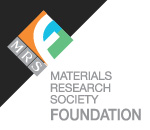
The Von Hippel Award, the Materials Research Society's highest honor, recognizes those qualities most prized by materials scientists and engineers—brilliance and originality of intellect, combined with vision that transcends the boundaries of conventional scientific disciplines.
The Von Hippel Award is named after Arthur von Hippel (1898-2003), who was a pioneer in the study of dielectrics, semiconductors, ferromagnetics and ferroelectrics. He was an early advocate of the interdisciplinary approach to materials research, and his example substantially furthered the science of materials. View the Arthur von Hippel Memorial Website.
Award Package
The Von Hippel Award includes a $10,000 cash prize, honorary membership in MRS, and a trophy. The award is presented annually at the MRS Fall Meeting where the recipient is invited to speak at the Awards Ceremony. The recipient will have registration fees and reasonable travel expenses paid in order to attend the meeting.
Nomination Information
Rules and eligibility, nomination package requirements and more are available here.
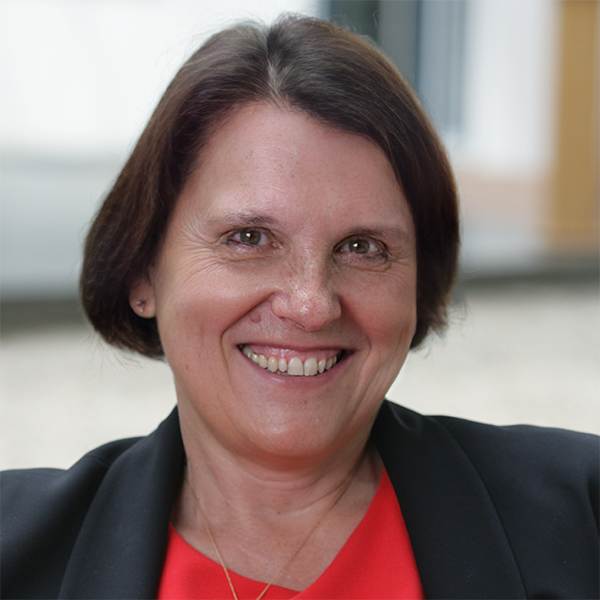 Claudia Anna-Maria Felser
Claudia Anna-Maria Felser
Max Planch Institute for Chemical Physics of Solids
Topology and Chirality
For the prediction and experimental realization of new topological quantum materials, with remarkable topological properties for new concepts of computing and energy conversion.
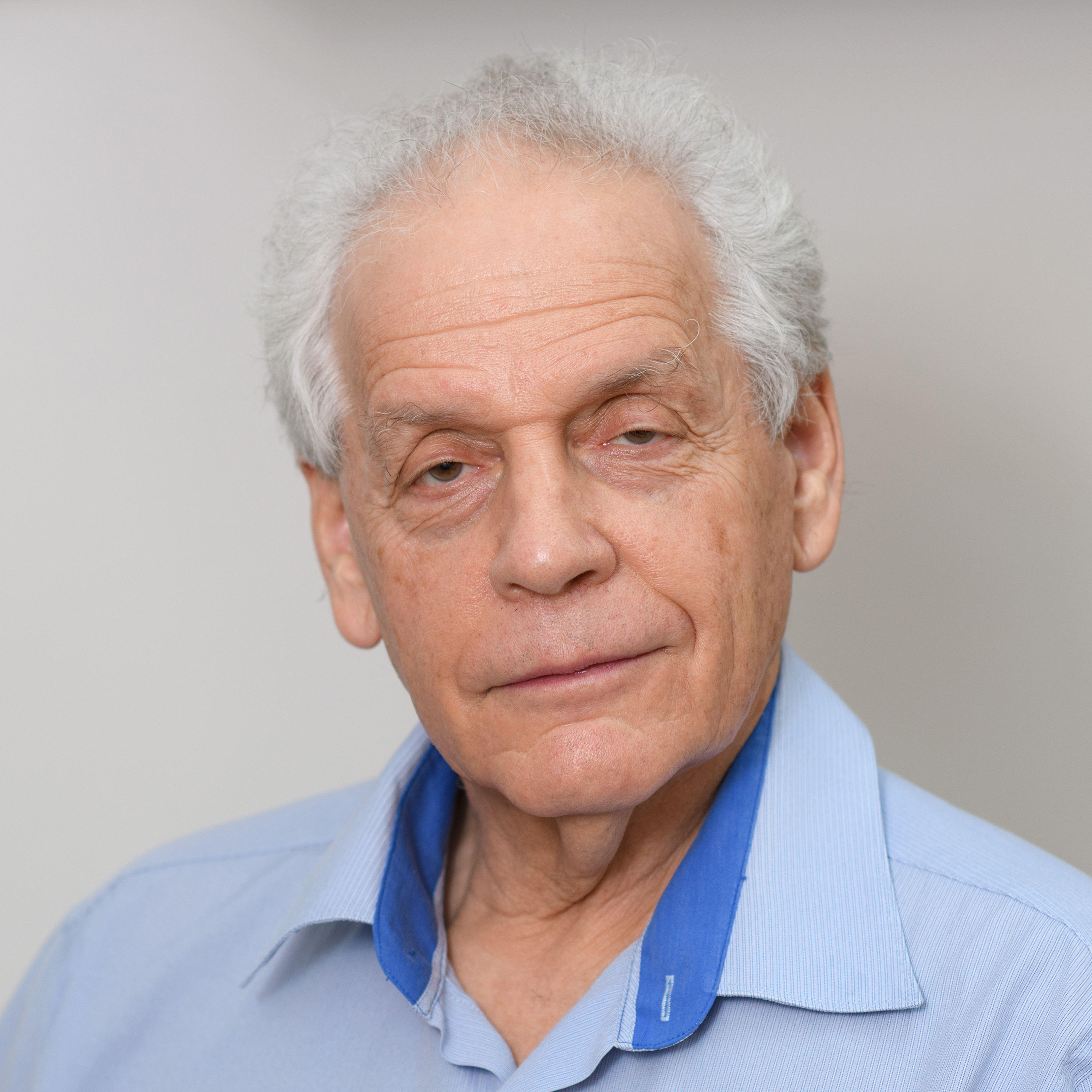 Reshef Tenne
Reshef Tenne
Weizmann Institute of Science
Inorganic Nanotubes: From WS2 to "Misfit" Layered Compounds
For spearheading modern research on nano-2D materials through the discovery of nanotube- and fullerene-like inorganic layered compounds. Read the new release on Tenne here.
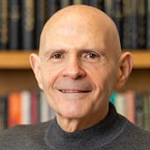 Samuel I. Stupp
Samuel I. Stupp
Northwestern University
New Frontiers in Supramolecular Design of Materials
For pioneering contributions to the development and understanding of a broad range of molecularly designed supramolecular soft materials that function as bioactive scaffolds in regenerative medicine, matrices for photocatalytic activity, and stimuli-responsive robotic structures. Read the news release on Stupp here »

"For fundamental research in light-matter interactions—particularly nanophotonics, plasmonics, photonic metamaterials, and solar energy conversion—and numerous applications of photon control of materials illustrating the value of fundamental research to technologies that improve the quality of life"
Harry Atwater is the Otis Booth Leadership Chair of the Division of Engineering and Applied Science, and the Howard Hughes Professor of Applied Physics and Materials Science at the California Institute of Technology. Currently he is the Director for the Liquid Sunlight Alliance (LiSA), a Department of Energy Hub program for solar fuels. Atwater’s scientific effort focuses on nanophotonic light-matter interactions and solar energy conversion. His current research in solar energy centers on high efficiency photovoltaics and photoelectrochemical processes for generation of solar fuels, and his research has resulted in world records for solar photovoltaic conversion and photoelectrochemical water splitting. His work also spans fundamental nanophotonic phenomena, in plasmonics and 2D materials, and also applications including active metasurfaces and optical propulsion.
From 2014-2020, Atwater served as Director of the Joint Center for Artificial Photosynthesis (JCAP), the DOE Energy Innovation Hub for solar fuels. Atwater was an early pioneer in nanophotonics and plasmonics; he gave the name to the field of plasmonics in 2001. Atwater is a member of the US National Academy of Engineering, and a Web of Science Highly Cited Researcher. He is also founder of five early-stage companies, including Alta Devices, which set world records for photovoltaic cell and module efficiency. He is also a Fellow of the SPIE, as well as APS, MRS, and the National Academy of Inventors. He is also the founding Editor in Chief of the journal ACS Photonics, and Chair of the LightSail Committee for the Breakthrough Starshot program.
 "For pioneering work in engineering of musculoskeletal tissues, for extraordinary work guiding technology and science policy, and for promoting ethnic diversity and excellence in science"
"For pioneering work in engineering of musculoskeletal tissues, for extraordinary work guiding technology and science policy, and for promoting ethnic diversity and excellence in science"
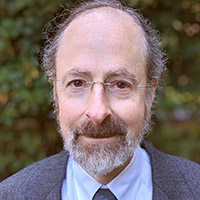 "For advancing the understanding of low-dimensional and nanoscale electronic materials, surfaces and interfaces, through elegant theoretical models that highlight the essential physics controlling growth, structure and electronic properties”
"For advancing the understanding of low-dimensional and nanoscale electronic materials, surfaces and interfaces, through elegant theoretical models that highlight the essential physics controlling growth, structure and electronic properties”
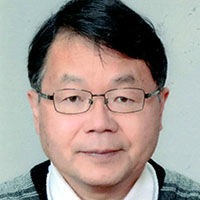 “For the discovery of high Tc iron-based superconductors, creation of transparent oxide semiconductors and inorganic electrides”
“For the discovery of high Tc iron-based superconductors, creation of transparent oxide semiconductors and inorganic electrides”
 “For his immense interdisciplinary contributions to the development of novel functional materials, including magnetic and electronic properties of transition metal oxides, nanomaterials such as fullerenes, graphene and 2-D inorganic solids, superconductivity and colossal magnetoresistance in rare-earth cuprates and manganates”
“For his immense interdisciplinary contributions to the development of novel functional materials, including magnetic and electronic properties of transition metal oxides, nanomaterials such as fullerenes, graphene and 2-D inorganic solids, superconductivity and colossal magnetoresistance in rare-earth cuprates and manganates”
 “For pioneering contributions to nanoscience, defining the foundations of rational synthesis of nanoscale wires, characterization of their fundamental physical properties, and the development of applications of these materials in chemistry, biology and medicine”
“For pioneering contributions to nanoscience, defining the foundations of rational synthesis of nanoscale wires, characterization of their fundamental physical properties, and the development of applications of these materials in chemistry, biology and medicine”
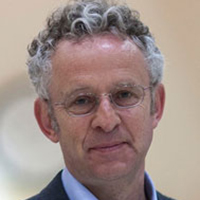
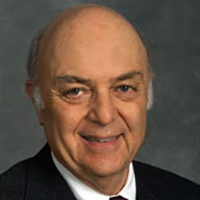
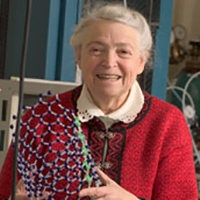


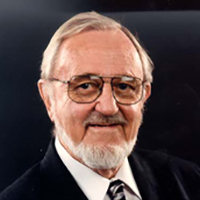

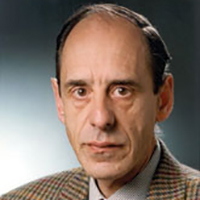
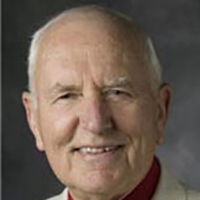
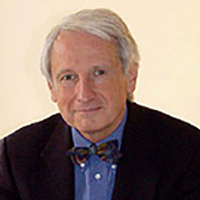

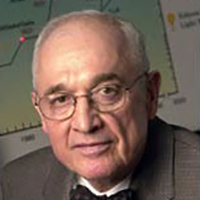
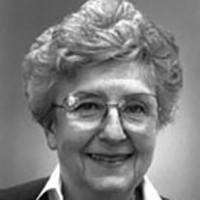
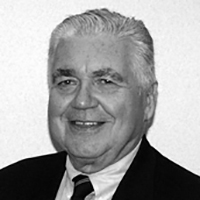
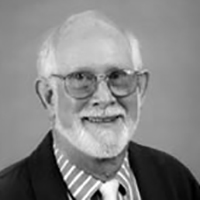

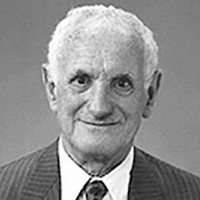
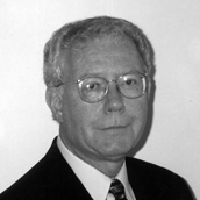
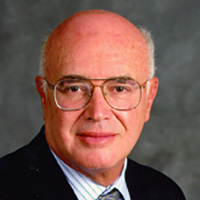
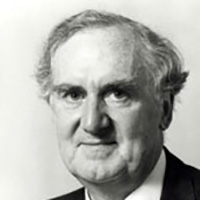
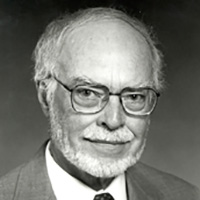
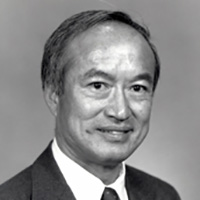
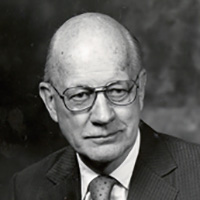
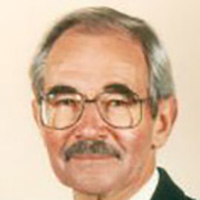
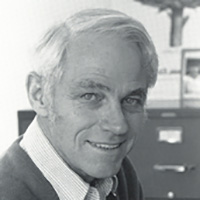
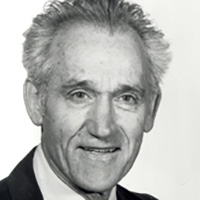
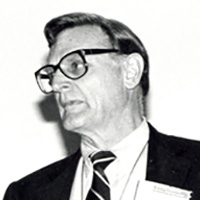
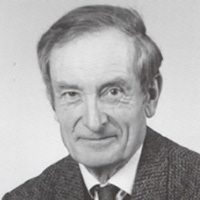
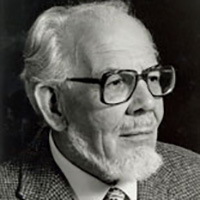
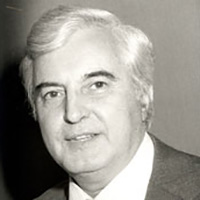
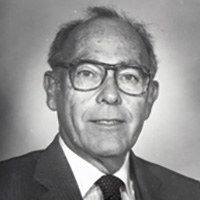
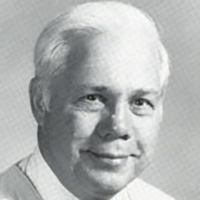
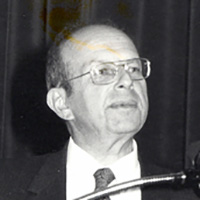
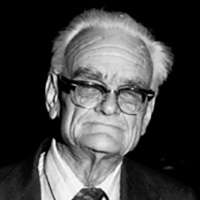
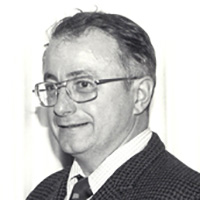
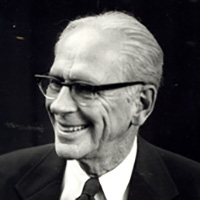

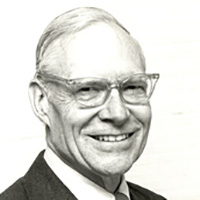
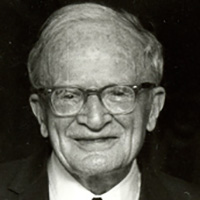

Publish with MRS
YOUR research could be featured in our high quality, broadly discoverable, inclusive and evolving portfolio that meets the needs of the materials science community.
Privacy Policy |
Terms of Use
506 Keystone Drive, Warrendale, PA 15086-7537
Phone: 724.779.3003 | Fax: 724.779.8313 | Email: info@mrs.org
© Materials Research Society. All Rights Reserved.
Web Design & Development by Matrix Group International, Inc.
